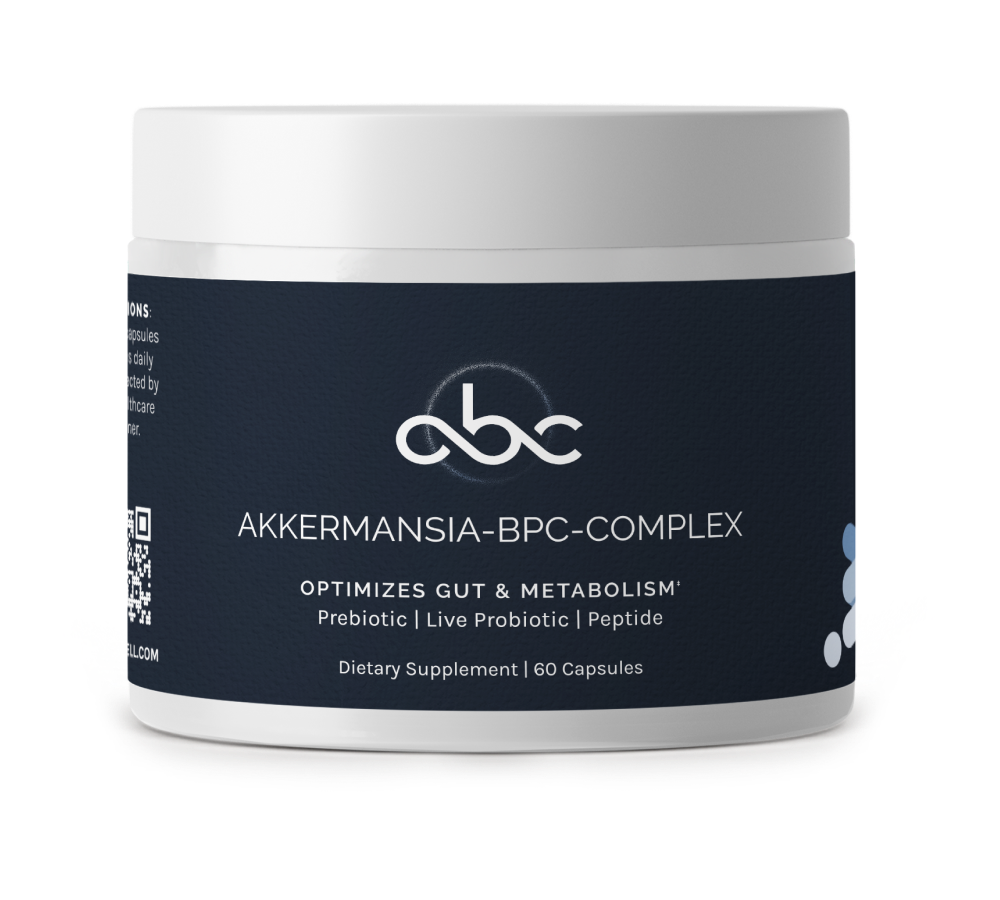Key takeaways
-
Peptide stacks are controversial, but not all peptides are created equal. Critics often lump together unregulated injectables and clinically researched oral peptides, which clouds the conversation.
-
The biggest risks come from poor sourcing and misuse. Black-market peptides or high-dose stacks without guidance carry real risks. Reputable, GMP-certified products are a different story.
-
There’s promising research behind compounds like BPC-157, GHK-Cu, and epicatechin. These are being studied for soft tissue support, circulation, mitochondrial function, and more.
-
Stacking works best when based on complementary benefits. For example, combining BPC-157 (gut and tendon support) with GHK-Cu (skin and cellular health) may support post-exertion recovery, tissue resilience, and overall physical performance.
-
Nuance is critical. Peptides aren’t miracle cures, but they also aren’t inherently dangerous when used responsibly and sourced transparently.
There’s a lot of noise about peptide stacks in the performance world. Some call them game-changers for recovery, strength, and long-term wellness. Others see them as risky shortcuts—unregulated, unproven, and potentially unsafe.
So what’s the real story here? Are peptide stacks truly worth exploring, or is their rise in popularity masking deeper concerns?
Let’s separate speculation from science and break down what’s hype, what’s real, and what responsible use could actually look like.
What critics say
Peptide stacks (combinations of short chains of amino acids used to support physical performance or recovery) draw skepticism from several corners. Here are the most common concerns:
-
Legality: Not all peptides can be bought over the counter. Some are classified as investigational or controlled substances by the FDA, which limits how they can be sold or used.
-
Side effects: Critics cite potential short- and long-term side effects ranging from mild digestive issues to cardiovascular concerns. Because many peptides are relatively new to the consumer market, long-term safety data is limited.
-
Misuse in bodybuilding: Peptides like IGF-1 LR3 or growth hormone secretagogues are often used outside medical supervision, particularly in bodybuilding circles. High doses or unsafe administration methods (e.g., unregulated injections) increase the risks.
-
Lack of regulation: Many peptide products are sold online without third-party testing or certification. This raises quality concerns. What’s on the label may not match what’s in the vial or capsule.
Multiple media outlets have highlighted the growing gray market for peptides, raising concerns about DIY hormone protocols and the blurred lines between wellness trends and medical therapy.
The risks aren’t imaginary, but they’re not the whole story
It’s true that peptide abuse exists. There are black-market sellers offering untested compounds. Some injectables may not be sterile. Others contain peptides not approved for human use. In these cases, the risks are extremely real.
But the problem is critics often paint all peptides with the same brush. There’s a growing divide between:
-
Reckless use of injectable peptides sourced from unknown vendors
-
Responsible use of oral peptides supported by emerging research and manufactured in GMP-certified facilities
By conflating the two, we lose the opportunity to have an informed, science-based discussion.
What’s missing from the conversation
Peptides are not one-size-fits-all. The form, function, and intent behind their use matters—a lot.
-
Injectable vs. oral: Injectable peptides like TB-500 or CJC-1295 are often used without clear dosing guidelines. In contrast, oral peptides like BPC-157 arginate salt and GHK-Cu copper peptide have shown promising absorption profiles and fewer safety flags, especially when taken at low physiological amounts.
-
Synthetic vs. analog: Some peptides mimic naturally occurring compounds in the body. BPC-157, for instance, is derived from a sequence found in human gastric juice. GHK-Cu is a naturally occurring peptide found in plasma that declines with age.
-
Performance vs. recovery: Many assume peptides are only used for muscle building, but several are now being explored for joint support, soft tissue integrity, gut lining support, mitochondrial function, and more.
In other words, not all peptides are intended to turn gym-goers into bodybuilders. Some users are looking for better post-injury support, improved focus, or support for healthy cellular function, not bigger biceps.
What the science actually says
Let’s take a closer look at the growing body of peptide research—not hype, but early clinical and preclinical data.
BPC-157
In preclinical studies, BPC-157 has shown the potential to support tendon and ligament integrity, gut lining health, and nitric oxide production. A study published in the Journal of Molecular Medicine noted that BPC-157 promotes angiogenesis (blood vessel formation), which may help explain some of its potential therapeutic effects in post-exertion recovery and tissue support.
While human studies remain limited, oral BPC-157 is gaining attention for safety and ease of use.
GHK-Cu
A copper-binding peptide that declines with age, GHK-Cu has been researched for its role in skin regeneration, collagen production, and cellular signaling related to tissue maintenance and aging.
Epicatechin
Technically a flavonoid but often stacked with peptides, epicatechin has been studied for its role in muscle growth signaling (through myostatin inhibition) and mitochondrial biogenesis. Some small human trials have suggested improvements in exercise capacity and vascular function.
Are these studies conclusive? No. But they are directionally interesting, and they suggest the need for more research, not blanket bans or panic.
A more balanced take on peptide stacks
Peptide stacking can be risky if done carelessly. But when chosen for the right reasons, it may support several areas of health. For instance:
-
Stacking BPC-157 with GHK-Cu: BPC-157 may support soft tissue maintenance and gut lining health, while GHK-Cu may target skin quality, circulation, and cellular communication.
-
Adding epicatechin: This compound may support endurance and muscle output by influencing muscle growth signaling pathways and capillary density.
Combined, this trio could appeal to active individuals looking to support after-exercise recovery, performance, and even cognitive function—not just aesthetics.
The key here is clinical intent, clean sourcing, and low amounts aligned with existing data, not the wild-west approach seen in some online forums.
The bottom line: More than just hype or hysteria
Are peptide stacks a miracle? No. But they’re also not a biochemical time bomb when sourced responsibly and used with intent. The biggest risk isn’t the peptide; it’s the lack of context, education, and quality control.
If you're considering peptides, ask these questions:
-
Is the product third-party tested and manufactured in a GMP-certified facility?
-
Are you stacking based on complementary benefits?
-
Do the peptides have early clinical data or human studies backing their safety profile?
Instead of buying into blanket fears or exaggerated claims, focus on formulations that prioritize transparency, ingredient quality, and clinical relevance. Responsible use starts with good information, and the best outcomes come from informed choices, not hype.
-
SOURCES











